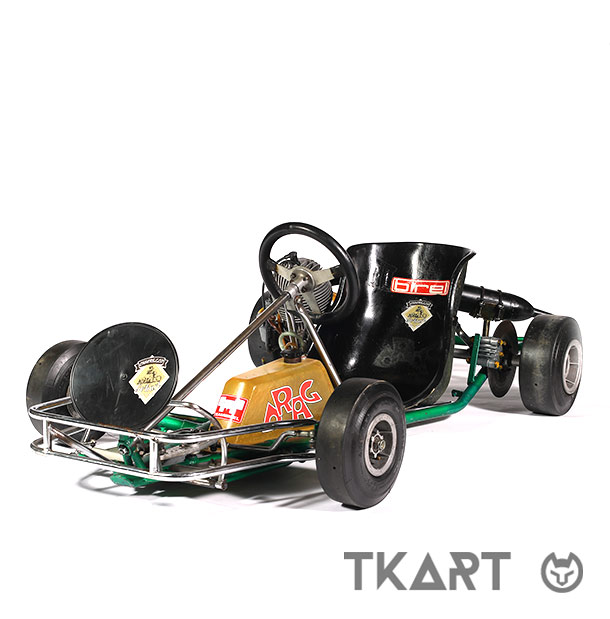Frequent Searches
Frequent Searches

 Exclusive Content
Exclusive Content

In the Birel Drag analyzed in this article, the brake system is present only in the rear of the kart. The kart, in fact, is a 100-cc direct-drive configuration. In the 125-cc shifter-karts the brakes were in the front as well, as it is done in the current models. The brake is mechanical: the steel cable starts from the pedal and joins directly to the brake caliper which, therefore, is initiated by the direct action of the driver. The caliper is formed by two half-shells and is fastened by means of a chassis support in a vertical position. The brake disc is neither ventilated or in a floating configuration. As it is not hydraulic, the brake system does not have a self-adjusting caliper. Any pad wear could be compensated by inserting shims between the pad and its seat on the caliper itself.